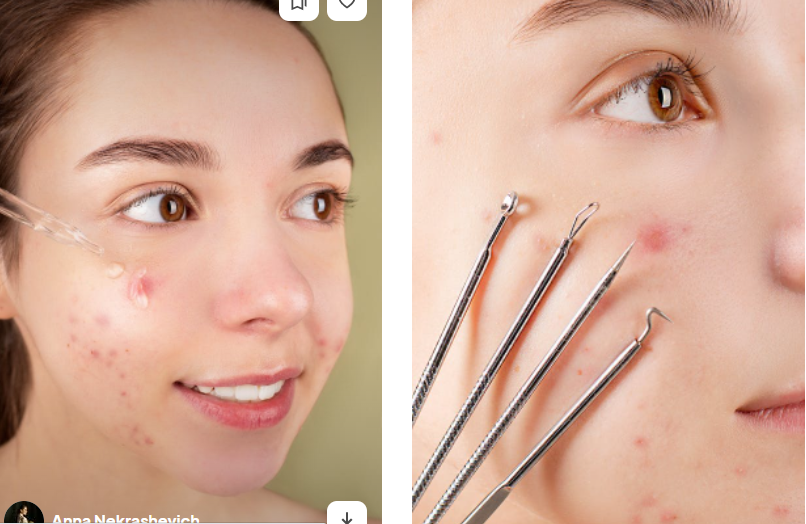Acne is a skin condition that many teens experience. Hormonal changes can cause breakouts to suddenly worsen, or in some cases, new breakouts to start. The different types of acne are often differentiated by the severity and type of bump: blackheads, whiteheads, papules and pustules. Acne can be frustrating to deal with, but it’s not impossible to get rid of! Here are a few ways that you can treat stubborn cystic acne and what foods you should avoid if you have acne-prone skin.
What is Cystic Acne?
Cystic acne is a type of acne that often results in stubborn bumps. Cysts are potentially dangerous, so it’s important to seek medical attention if you notice them. Cystic acne is caused by hormonal changes and can be treated with antibiotics or other prescription medications.
Treatment Options for Stubborn Cystic Acne
If you’re struggling with cystic acne, you might want to try a few different treatments. One that is often recommended is the use of benzoyl peroxide. This will help to reduce the inflammation of your breakouts and clear up your skin in time. You can also take an oral medication like Accutane. These medications are stronger than over-the-counter options and might be more effective for certain people.
One thing that can make cystic acne worse is stress! Stress has been shown to trigger hormonal changes that lead to increased oil production (which may result in acne). Try doing a few techniques that have been proven to lower stress levels, such as meditation or exercise. Here are some foods that you should avoid if you have acne-prone skin:
* Chocolate: Chocolate blocks blood circulation, which can worsen existing blemishes
* Alcohol: Alcohol will increase your skin’s oil production and cause breakouts
* Dairy Products: Dairy products can irritate the skin
Antibiotics
Acne can be caused by bacteria on the skin, so it’s important to treat it with an antibiotic. Antibiotics work by killing bacteria or reducing its growth. When antibiotics are taken orally, you will want to make sure that there is a time period of two hours between taking the medication and consuming dairy. If you take an antibiotic pill and then drink milk, the protein in milk can break down the antibiotic and make it less effective.
Isotretinoin (Accutane)
If you have tried every topical and oral treatment available, it’s time to talk to your dermatologist about isotretinoin. This is a prescription-only drug that can help clear acne more quickly than other treatments. It has been used for nearly 30 years and is the “gold standard” of care for severe acne.
Isotretinoin is typically taken once per day for 4-5 months or until there are no visible breakouts. It does have a few potential side effects, such as dry skin, dry lips, muscle or joint pain, and less serious problems like nosebleeds or a sore throat. Usually people don’t experience any side effects at all though!
The good news is that most people can go off Isotretinoin without any worries because the drug doesn’t cause damage to organs. After stopping treatment with the drug, people often notice that their skin will gradually return to the state it was before they started taking it.
The Best and Worst Foods for Acne-Prone Skin
The best foods for acne-prone skin are those that have antioxidants and omega-3 fatty acids. These nutrients will help your skin stay clear. Foods with these properties include green tea, spinach, and salmon.
The worst foods for acne-prone skin are those that make your skin produce more oil, or increase the likelihood of breakouts. Common culprits include fast food, sugary drinks and processed foods. If you’re really struggling with breakouts, try eliminating these types of foods from your diet to see if it helps!
Conclusion
As you can see, there are a number of treatments and lifestyle changes that can help reduce and eliminate stubborn cystic acne. The best way to find the right treatment is to experiment with different options and find the one that works best for your skin. It’s also important to stay up-to-date with treatments as they become available, so be sure to speak with your dermatologist if you’re not seeing results.



